By: Charkesskii Transou
Posttraumatic stress disorder, or PTSD, is a collection of negative behaviors, symptoms, and moods triggered by a traumatic experience. PTSD can also be triggered by an ongoing event. The event can occur over a matter of days, weeks, months, or even years. This is known as complex posttraumatic stress disorder or C-PTSD. Experiences associated with posttraumatic stress disorder are abuse, terrorism, natural disasters, violence, and illness.
Common behaviors and moods related to PTSD include nightmares, flashbacks, avoidance of certain settings and people, emotional numbness, social isolation, depression, difficulties sleeping and eating, and feelings of guilt. For children under the age of 6, symptoms may include reenacting the trauma. Suicidal ideation can also be a result of traumatic experiences. PTSD can make one feel trapped in a box surrounded by reoccurring thoughts and feelings of the event(s). It can be difficult to envision a future past the trauma.
Because we sometimes do not disclose or acknowledge the trauma we have experienced, it is possible that posttraumatic stress disorder, as with most mental health disorders, goes undiagnosed. This means individuals are dealing with the residual impact of this trauma the best way they can to make it to the next day. Personal experiences with trauma-related responses following my encounter with sexual assault attributes to my thoughts on this topic. Feelings of guilt, depression, dissociation, and flashbacks plagued my mind and body and disrupted the remainder of my junior year and much of the summer to follow. I busied myself with working excessive work hours and taking too many online courses. Any distraction was better than nothing. While at home, surrounded by family, there was no time to dwell on these feelings. I functioned through depression. Yet, dissociation and feelings of shame may visit occasionally as a result of this experience. This was an experience that I felt too ashamed to seek help with as I was the one who placed myself in the situation to be assaulted, right? Because of our beliefs surrounding our trauma or mental health, we may get in our way of getting the help that we deserve, making the healing process that much harder.
When addressed in a professional setting, symptoms related to posttraumatic stress disorder can be treated with psychotropic medications, psychotherapy, virtual reality exposure, and alternative forms of treatment such as yoga. Common modalities of therapy include cognitive behavioral therapy and eye movement desensitization and reprocessing. In addition to trauma-sensitive yoga, acupuncture, exposure therapy, MDMA-assisted therapy, and ketamine infusion are also utilized to treat trauma- and stress-related responses. Healthy safety planning and the identification of supports are important preventive measures as well.
While some may experience traumatic experiences throughout life, this does not guarantee that posttraumatic stress disorder will develop. Also, not all unpleasant, hurtful experiences are traumatic. Traumatic experiences shift the tones of how we carry and protect ourselves and how we view our space.
Posttraumatic stress disorder does not have a definitive cure. However, it is possible to live a healthy, happy life despite it. Understanding your trauma and triggers is one part of the healing process. Identifying and practicing appropriate coping techniques and healthy supports and connecting with mental health professionals also prompt effective healing.


